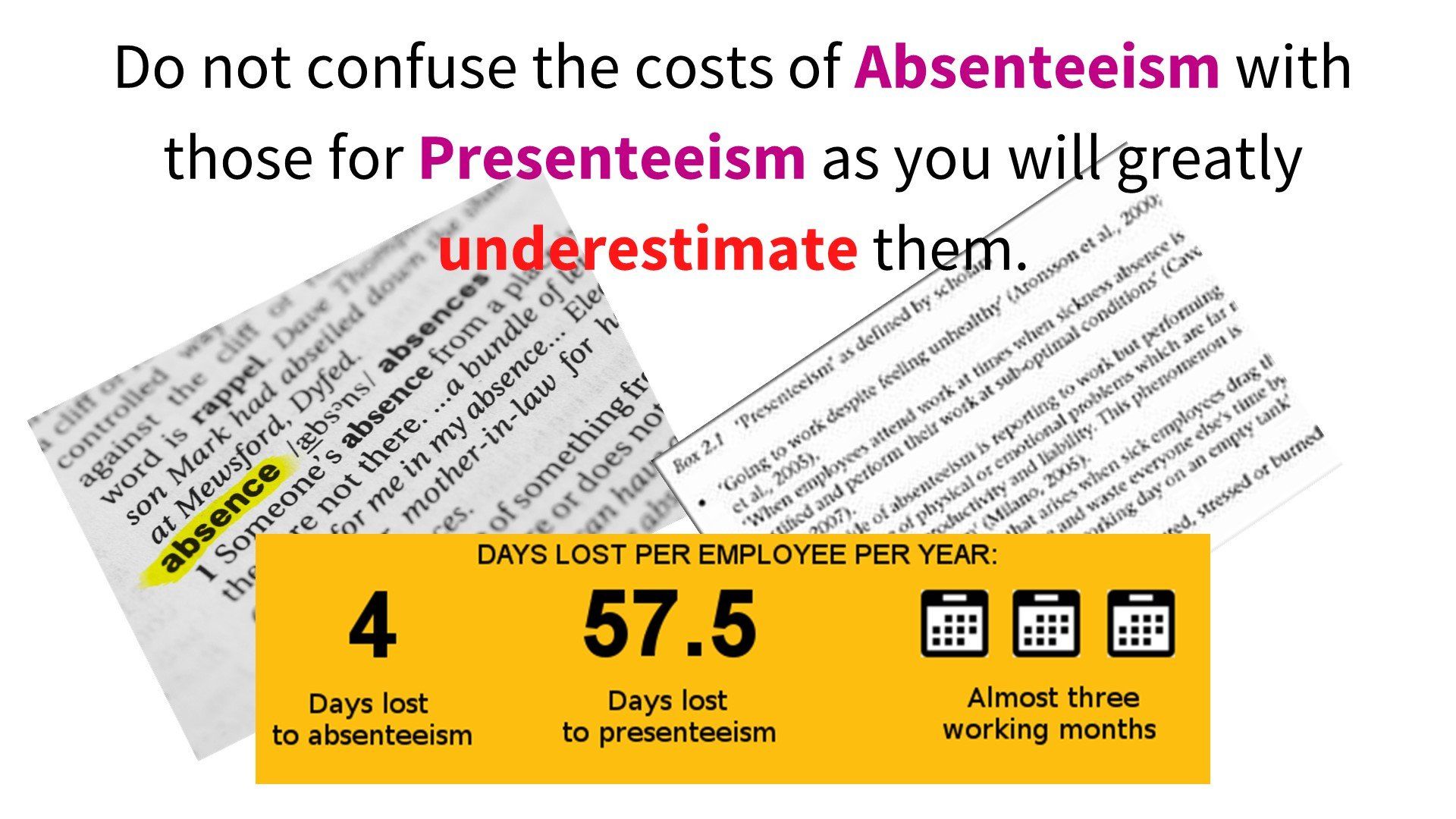What is Stress?
The UK Health and Safety Executive (HSE) defines stress as ‘the adverse reaction people have to excessive pressures or other types of demands placed upon them’.
Many people ask me what the difference is between stress and pressure, there is a clear distinction: pressure which can be a motivating factor, and stress which can occur when the pressure becomes excessive. Everyone deals with stress and pressure in a different way depending on their own circumstance at the time. One week they may be coping well then, the next your employee has been signed off work due to stress.
So why should you be tackling stress in your workplace?
About one in six people say they find their work either very or extremely stressful.
Work-related stress accounts for over a third of all new incidents of ill health.
A CIPD Absence Management survey found stress to be the leading cause of long term absence in non-manual workers.
The total number of cases of work-related stress, depression or anxiety in 2016/17 - 526,000
The total number of working days lost in 2016/2017 due to stress and related illness 12.7 million days. This equated to an average of 23.8 days lost per case.
In 2016/17 stress accounted for 40% of all work related ill health cases and 49% of all working days lost due to ill health. (HSE Work related stress, anxiety and depression statistics in Great Britain 2017)
Each case of stress, anxiety or depression leads to an average of 30.2 working days lost.
So, what is already being done about stress at work?
The UK Health and Safety Executive (HSE) has published the National Management Standards for work-related stress which provide guidance on best practice for employers. The aim of these standards is to bring about a reduction in the number of employees who go off sick or who cannot perform well at work because of stress. Full details of the Management Standards can be found at www.hse.gov.uk/stress/standards.
However, many companies just don’t have the time or manpower to take these standards on board and execute them within the business, therefore having an outside support mechanism is vital. There are many types of support in the market place firstly engaging a stress management trainer to train not only employees but the management in what stress is and how to recognise it within their business is a great start. Also have an external therapist to support each employee who is suffering, this will enable the employee to work through their issues which will get them back on track. If a sick note has been issued attending a stress management practitioner will enable the employee to get back to work quickly as time off only leads to more stress. This also supports the company with its presenteeism, any employee who is working while sick can cause productivity loss, poor health, exhaustion. Currently the costs in the UK for presenteeism are £17bn to £26bn, which even in a small team, has a massive effect on the business.
Employers have a duty to ensure that the work does not make employees ill.
How to achieve this: -
Ensure that the company has the correct policies and procedures to meet their corporate responsibility.
Risk assessments and safe working practices for stress management
Understanding how to spot the signs of stress within employees.
Knowing how to reduce stress in the workplace.
What should be done for employees regarding work related stress?
It’s NOT up to you or your managers to diagnose stress, it is however up to you and your manager to RECOGNISE the change in behaviours and to take prompt action.
Taking care not to over react to small changes but taking action with prolonged changes.
You should be taking control of?
·Demands
·Control
·Support
·Relationships
·Role
·Change
How can you keep a check on the level of stress in your business?
You will already have these existing sources of information or data within your organisation.
Sickness absence data
High levels of sickness absence may indicate a potential problem. Investigate the reason for the absences. Remember, stress related sickness absence is sometimes not reported in these terms, because people are often ashamed to admit to it.
Productivity data
Lower than expected performance (when compared with previous years or between different parts of the organisation) may indicate a problem. Working methods or conditions could be causing work related stress and may be affecting performance.
Staff turnover
A higher rate of staff turnover than you would expect in your organisation, or parts of your organisation, may indicate a problem with work related stress. Do your 'exit interviews' suggest common reasons why people have decided to leave, and if work related stress was a factor?
Opportunities for discussion.
Performance appraisals - These could offer an opportunity to have a one-to-one discussion about work and to explore whether people in your team are experiencing excessive pressure.
Informal talks to staff - You can try to find out the mood of individuals or the team. If people seem continually unhappy, are not themselves, or are not performing well, ask if there is a problem.
Team meetings - These can provide very useful opportunities for team members to identify and share views on current issues that may be potential sources of undue pressure.
Walk-throughs - This is where a manager or supervisor walks through a section and observes work processes to assess whether there are any obvious aspects of the job (such as the way work is done, the pace of work, or working conditions) which may cause excessive pressure. This is most effective if done in combination with a talk-through.
In conclusion
You need to make sure you have the right policies and processes in place to help with Work Related Stress.
Also make sure you have an awareness of out sourced support available to you to support your employees.
All of which will protect your company from claims and prosecution.
If you would like to know more about how Stress Right can assist with the stress in your place, then please get in touch as we can take the stress out of your business.
email me at paula@stressright.co.uk
call 01258 445046
Check out our website at www.stressright.co.uk
Follow us on Twitter @stressright2017
Connect with me on LinkedIn www.linkedin.com
Like my Facebook page at www.facebook.com
Based in Poole covering Dorset, Hampshire, Somerset and Wiltshire











